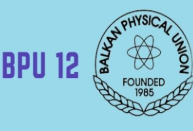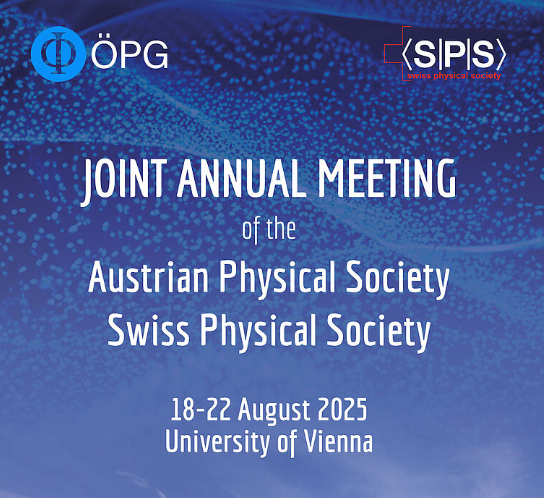https://doi.org/10.1051/epjpv/2022035
Regular Article
A self-consistent hybrid model connects empirical and optical models for fast, non-destructive inline characterization of thin, porous silicon layers
Fraunhofer-Institut für Solare Energiesysteme ISE, Freiburg im Breisgau, Germany
* e-mail: alexandra.woernhoer@ise.fraunhofer.de
Received:
30
June
2022
Received in final form:
17
November
2022
Accepted:
21
December
2022
Published online: 24 January 2023
Epitaxially-grown wafers on top of sintered porous silicon are a material-efficient wafer production process, that is now being launched into mass production. This production process makes the material-expensive sawing procedure obsolete since the wafer can be easily detached from its seed substrate. With high-throughput inline production processes, fast and reliable evaluation processes are crucial. The quality of the porous layers plays an important role regarding a successful detachment. Therefore, we present a fast and non-destructive investigation algorithm of thin, porous silicon layers. We predict the layer parameters directly from inline reflectance data by using a convolutional neural network (CNN), which is inspired by a comprehensive optical modelling approach from literature. There, a numerical fitting approach on reflection curves calculated with a physical model is performed. By adding the physical model to the CNN, we create a hybrid model, that not only predicts layer parameters, but also recalculates reflection curves. This allows a consistency check for a self-supervised network optimization. Evaluation on experimental data shows a high similarity with Scanning Electron Microscopy (SEM) measurements. Since parallel computation is possible with the CNN, 30.000 samples can be evaluated in roughly 100 ms.
Key words: Hybrid model / self-consistent / porous silicon / thin films / reflectometry
© A. Wörnhör et al., Published by EDP Sciences, 2023
 This is an Open Access article distributed under the terms of the Creative Commons Attribution License (https://creativecommons.org/licenses/by/4.0), which permits unrestricted use, distribution, and reproduction in any medium, provided the original work is properly cited.
This is an Open Access article distributed under the terms of the Creative Commons Attribution License (https://creativecommons.org/licenses/by/4.0), which permits unrestricted use, distribution, and reproduction in any medium, provided the original work is properly cited.




